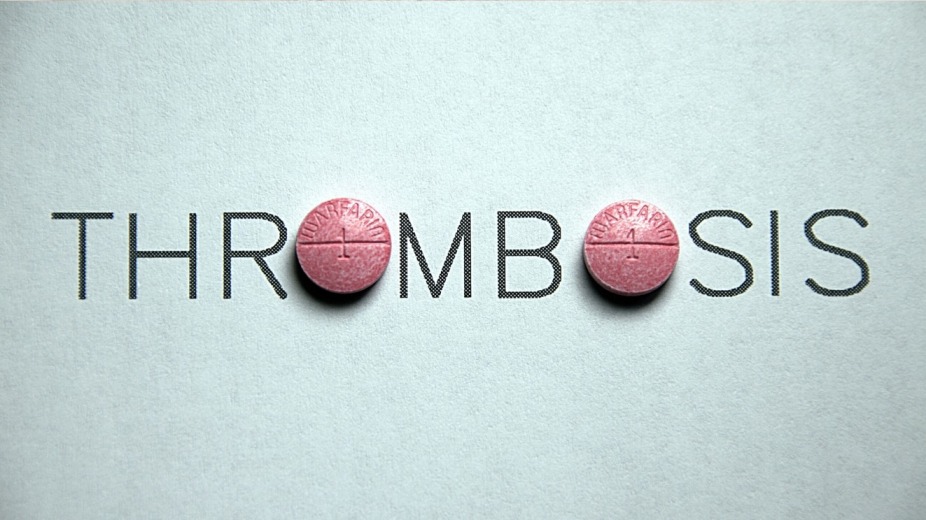1. What is pulmonary embolism?
2. What causes Pulmonary Embolism?
3. Symptoms of Pulmonary Embolism
PE is a total or partial occlusion of one or more pulmonary arteries, which often arising from deep vein thrombosis(DVT). PE is caused by embolization of a thrombus from leg or pelvic vein that enters the pulmonary artery circulation and blocks a vessel. Pulmonary embolism can be life threatening as it block the blood flow to the lungs. If PE is left untreated, it will lead to:
PE happens when a blood clot (thrombus) of a deep vein of leg (called deep vein thrombosis) detach and travel through the blood vessels to the lungs where it will cause a blockage of the pulmonary artery.
Blockage of the pulmonary artery may be caused by other substances other than blood clots, such as:
Sign and symptoms of PE include:
Pulmonary embolism may be treated using oral anticoagulation or thrombolytic.
1. Vinay Kumar, Abul K. Abbas, Jon C. Aster/ Robbins Basic Pathology/ 9th edition/philadephia, United states/ Elsevier-Health sciences Divition/ 2012
2. Carol Mattson Porth, Glenn Matifn/ Pathophysiology: Concepts of Altered Health States/ 8th edition/ Philadelphia, United States/ Lippincott Williams and Wilkins/ 2009
3. Maxine Papadakis, Stephen McPhee, Michael Rabow/ Current Medical Diagnosis and Treatment 2019/ 58th edition/ OH, United States/ McGraw-Hill Education/ 2019
4. Marshall Lichtman, Josef Prchal, Kenneth Kaushansky, Marcel Levi, Linda Burns, James Armitage/ Williams Hematology/ 9th edition/ OH, United States/ McGraw-Hill Education/ 2016
5. Kizior, R.J. and Hodgson, B.B. (2018). Saunders nursing drug handbook 2019. Philadelphia: Saunders.
Thrombosis has two 2 types: Atrial thrombosis: is when the thrombus occurs in the artery, Phlebothrombosis: is when the thrombus occurs in a vein

Deep vein thrombosis (DVT) is serious disorder occur as a result of clots formation within the deep veins. DVT most commonly occurs in the lower extremities

The urethra is a muscular canal that extends from the neck of the bladder to the exterior of body. Read more about the anatomy of urethra in this article.

Chronic kidney disease (CKD) is a disease in which irreversible damage to the kidneys leads to a reduction in kidney function. CKD has 5 stages and many complications.

Learn about medical uses, safety profile, mechanisms and interactions of statins.

Comprehensive guide on Ozempic (semaglutide), including its uses, dosage, side effects, warnings, and interactions.
.png)
Choose what we can use. Strictly necessary and security cookies are always on.